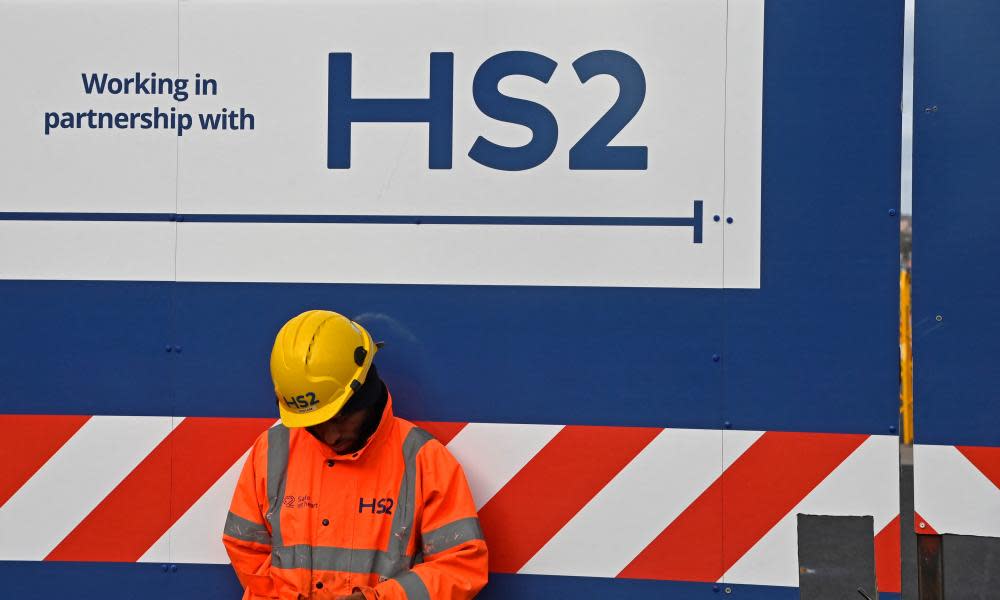Pruning HS2 cuts short-term costs but loses bigger long-term benefits

There is only so long that you can prune the branches of a major infrastructure project. Now the government is – according to swiftly denied reports – considering hacking away at the roots of HS2.
Much has already faded from the grand vision that was first unveiled in 2009 and confirmed as effectively cross-party policy in 2012 – most notably the north-eastern leg of the original Y-shaped high-speed rail network linking London, Manchester and Leeds. But most of the cropping back to date has been lines on a map – not sites that have been worked on for years.
On Friday, the chancellor, Jeremy Hunt, said – and No 10 echoed – that he could see no “conceivable circumstances” where HS2 trains do not end at London Euston. It would indeed be a preposterous decision – but far from inconceivable. In fact, that is precisely what trains are planned to do initially, after proposals made the last time that the government placed HS2 in doubt.
In the 2019 review commissioned by an electioneering Boris Johnson, HS2’s ex-chair Doug Oakervee addressed the question: he backed Euston, but endorsed the idea of using the new Old Oak Common hub as a temporary terminus until the full network was built. The government later confirmed it would run HS2 services out of the site in west London for the first two to seven years of operation. Now, the Sun claims, that could be a permanent stop.
The high-speed network has never been a popular cause with the majority of voters, and was always a likely target for Treasury eyes as inflation bit. Its budget is designed to be uprated with inflation – it was originally set at 2011 prices, at a hugely optimistic £32bn. But, as with rail salaries, real-terms increases at higher numbers are politically challenging, and building materials and costs have gone up above the wider 10%. Few politicians want to simply give an unqualified yes to a final bill for the scheme that Lord Berkeley – the dissenting vice-chair of the Oakervee review – claimed on Friday could spiral to £160bn.
Euston has been shrouded in more doubt than much of the work in phase one of HS2 to Birmingham, given problems in revamping the station and running mainline services, with initial designs rejected and a full plan yet to be agreed. A string of supporting projects in central London have also been axed for cost from the initial HS2 vision.
A direct link to the existing high-speed network, HS1, was first to go, ending early dreams of direct trains from Manchester to Paris. Plans for fast pedestrian connections between Euston and St Pancras never got off the drawing board. Transport for London also warned that building Crossrail 2 would be crucial to preventing Euston’s tube station from being overwhelmed by HS2 passengers – but that project, once deemed of critical national importance, has also been jettisoned.
Right now, tunnels are being dug west from Old Oak Common by HS2’s giant boring machines – but not going east into the capital for another planned 4.5-mile stretch. So stopping construction at the west London hub offers meaty and tempting short-term savings, but with bigger long-term benefits lost – for both the north and south of England – and with even less value for the money spent. The idea that HS2 never serves Euston would be sickening for many Camden residents and businesses who saw homes and premises bulldozed.
To truncate HS2 risks making it less a white elephant than some extremely expensive tusks. The government will plough on to Euston – but it would be no surprise to see a wider slowdown, when rail is swallowing so much money, until passengers return. Such uncertainty and delay, as many have warned in vain, will only escalate the eventual costs.

 Yahoo Movies
Yahoo Movies 
